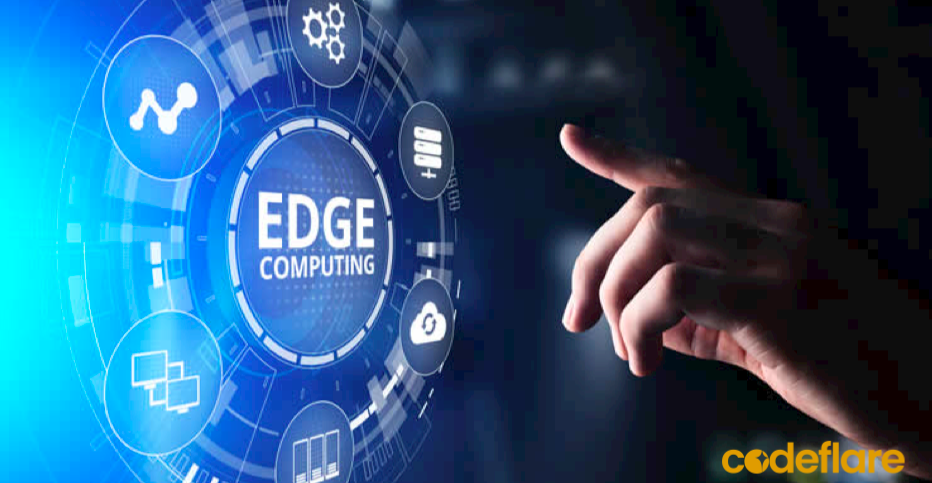
As the world grows more connected, the demand for faster, more reliable access to information increases. Edge computing is a way to meet this demand by bringing computing power closer to the user, at the “edge” of the network.
With edge computing, data is processed closer to where it’s being collected, rather than in a central location. This can help reduce latency and improve performance. Edge computing can be used in a variety of situations, from delivering better customer experiences to improving operational efficiency. For example, edge computing can be used to process data from sensors in real-time, which can be helpful in industrial applications or for monitoring traffic patterns.
Edge computing can also be used to provide faster access to data for mobile users.
Edge computing can be used to improve the performance of applications and services that require low latency or real-time responses, such as virtual reality, augmented reality, and IoT applications. By moving computation and data storage closer to the user, edge computing can reduce latency and improve performance.
In addition to improving performance, edge computing can also provide a more secure and reliable computing environment. By keeping data and computation local, edge computing can reduce the risk of data breaches and minimize the impact of network outages.
Edge computing is already being used by companies like Google, Microsoft, and Amazon to improve the performance of their services. As the demand for faster, more reliable access to information continues to grow, edge computing is likely to become even more important.
The idea of edge computing is not new. It’s been around for years, but it’s only recently that the technology has become available to make it a reality. Edge computing has several advantages over traditional centralized computing models. Edge computing can be used to save money and resources. Organizations can use edge computing to improve security. Edge computing can be used to reduce latency. Edge computing can make better use of data. Edge computing is a new, exciting way to process and manage data. It’s a way to move data processing and management closer to the source of the data, which can be an Internet of Things (IoT) device, a sensor, a machine, or any other data source. Edge computing can help organizations save money and resources, improve security, and reduce latency. It can also help organizations make better use of data.
Progressive Web Apps

Latest tech news and coding tips.



